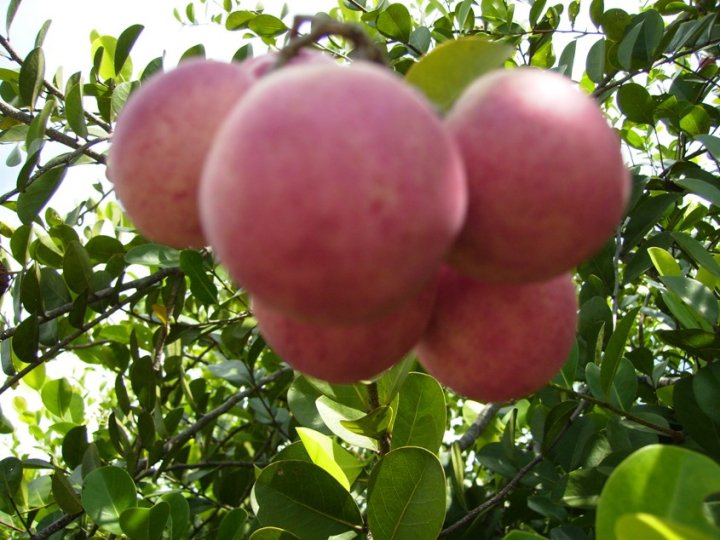
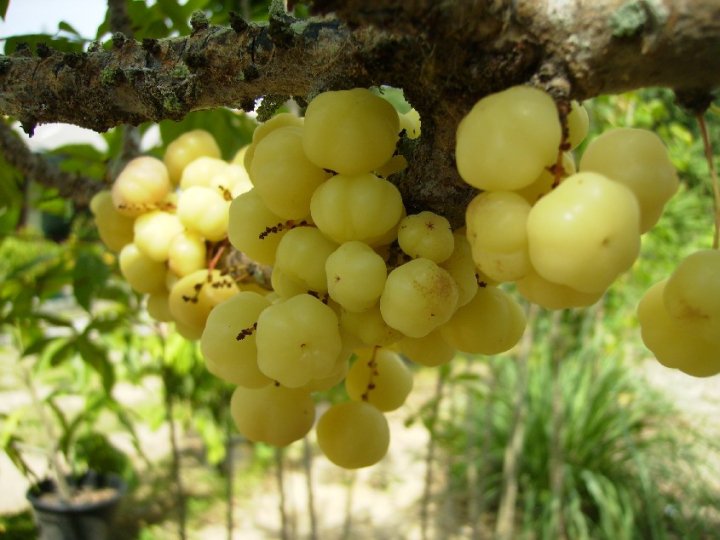
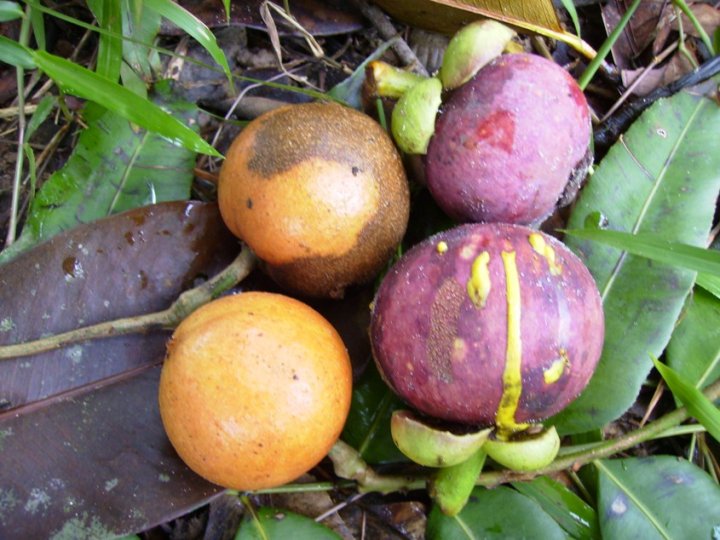
Fresh
Fruit
|
 |
 |
 |
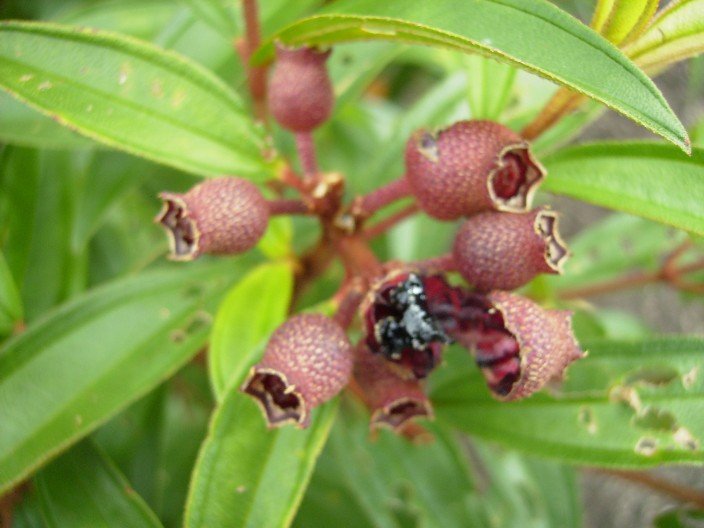 |
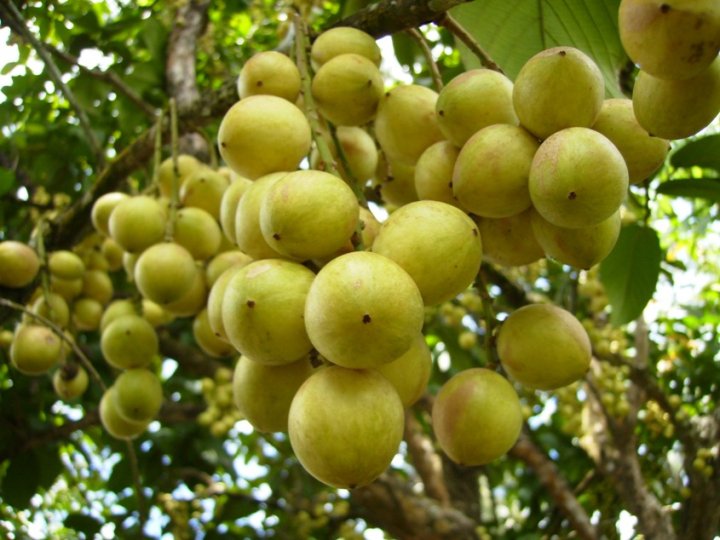 |
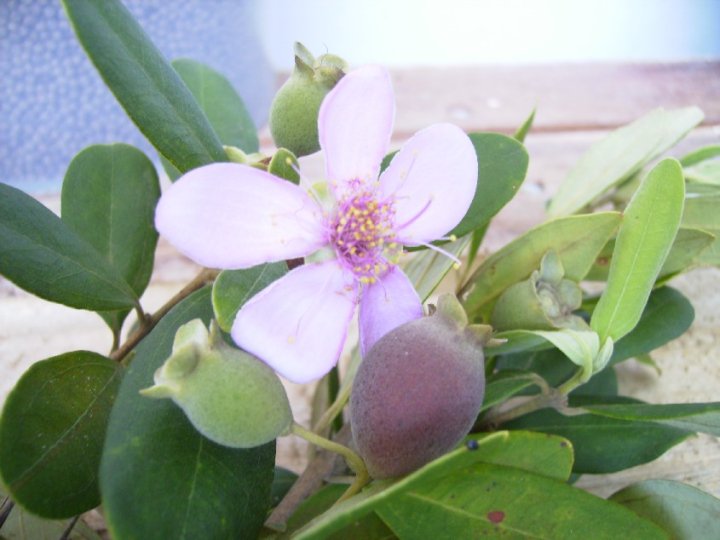 |
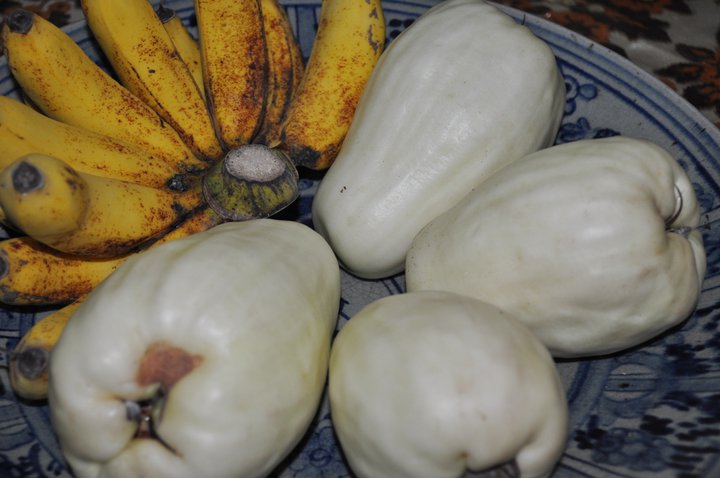 |
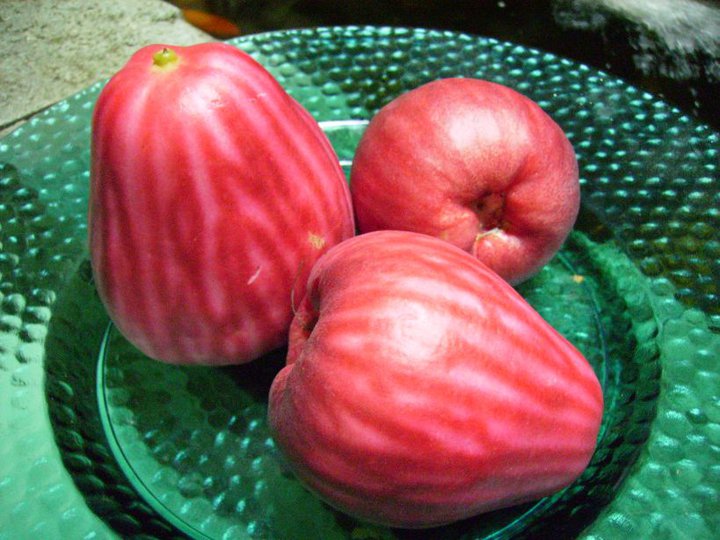 |
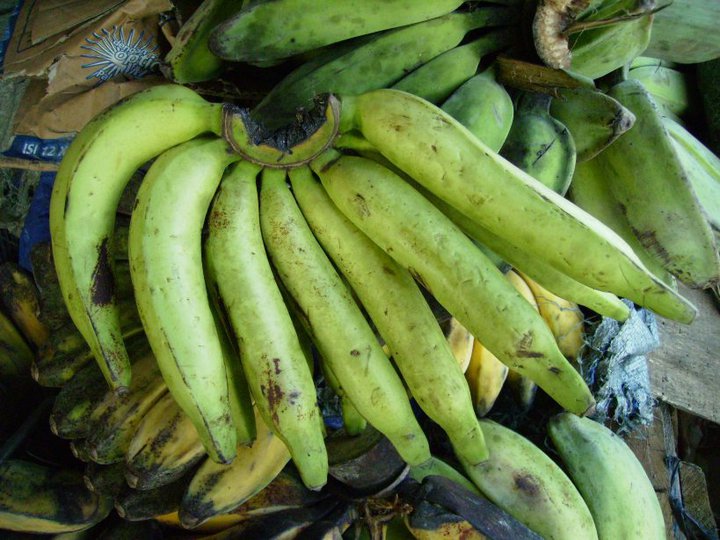 |
pictures from FB Safri
Ishak's Album
|
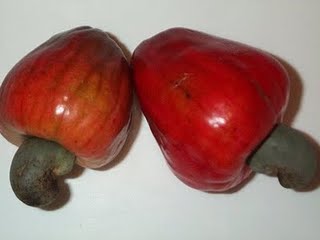 |
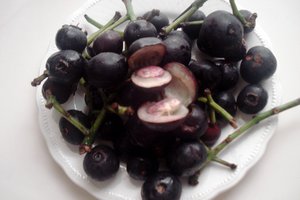 |
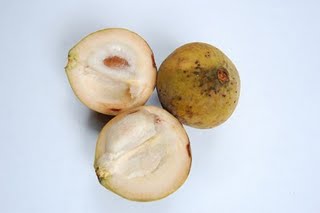 |
jambu monyet
|
gowok
|
kecapi
|
 |
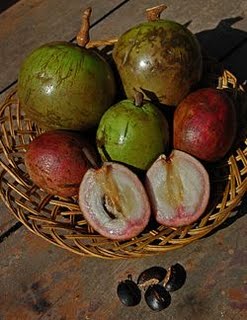 |
 |
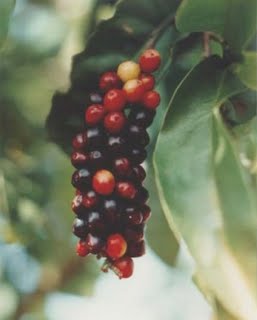 |
lobi lobi
|
sawobelanda
|
jamlang
|
buni
|
pictures from http://rajafresh.blogspot.com/
|
comment by
Connie wyne:
we have similar fruits available such as jambu monyet to us it is kasuy;
the jamlang to us it is lomboy; the kecapi one of my favorite is santol
and lastly the sawobelanda, to us it is starapple or kaymito
|
ROSE Garden Townhouse 3, designed especially
for young and energetic family, Jl. Bina Asih 3,
near Exit Tol Jatiasih (honly 800
m), Komsen, Jatiasih, Pondok Gede, Bekasi.
Harga 250-335JT bisa KPR, Land 85-125m2, Building 54m2,
Website rosegarden. Y!
Messenger |
|
 |
all
Fresh Fruits Gatsu Jl.
Gatot Subroto Kav 1000, Xiang Lie Pear, Salak Pondok, Jambu Air King
Rose Taiwan, Murcott Ausie Premium Oranges, Tunisia Dates, Bahri Fresh
USA Dates, Apple Washington, Stawberry etc. Telp.
8292733. |
TB512 Property, Jl. Tebet Barat 5 No.
12, Telp. 8356185, HP Safri 081511401617,
Email tb512,
Website click here.
Selling and Buying Property, Land, Houses, Office Space, Shops, Townhouse etc., Jasa Notaris, Contractors, CDI, Flower Nursery, Antique Gallery, Private Computer & Accounting, Painting Courses etc. Y! Messenger |
|
SERPONG and surrounding residents
and visitors with a combination of quality, authentic, hard to find,
grocery items and prepared foods, with good service and a pleasant
atmosphere with the warm feel of hospitality industry.We only provide
the best quality of everything that comes out from our property. We
provide the best gourmet store, services, eating place with A CREATIVE
menus to choose from. Click our website www.rajafresh.com for Raja Fresh membership. |
|
Tebet Business Directory Alamat Usaha Kita
|
Free Posting IKLAN GRATIS,
send your name, address, telephone, email id, website and brief description
of your business to AdminTebetbarat.com
|
Free Posting IKLAN GRATIS,
send your name, address, telephone, email id, website and brief description
of your business to AdminTebetbarat.com |
| WIKIPEDIA | ||
Fruit
The term fruit has many different meanings depended on context. In botany,
a fruit is the ripened ovary together with seeds of a flowering
plant. In many species, the fruit incorporates the ripened ovary and
the surrounding tissues. Fruits are the means by which flowering plants
disseminate seeds. In cuisine, when food items are called "fruit",
the term is most often used for those plant fruits that are edible and
sweet and fleshy, examples of which include plums, apples and oranges.
In cooking however, the word fruit may also be loosely applied to other
parts of a plant, such as the stems of rhubarb, which are made into sweet
pies, but which are not botanically a fruit at all. |
Flower
In addition to serving as the reproductive organs of flowering plants, flowers have long been admired and used by humans, mainly to beautify their environment but also as a source of food. Flower specialization and pollination Each flower has a specific design which best encourages the transfer of its pollen. Cleistogamous flowers are self pollinated, after which, they may or may not open. Many Viola and some Salvia species are known to have these types of flowers. Entomophilous flowers attract and use insects, bats, birds or other animals to transfer pollen from one flower to the next. Flowers commonly have glands called nectaries on their various parts that attract these animals. Some flowers have patterns, called nectar guides, that show pollinators where to look for nectar. Flowers also attract pollinators by scent and color. Still other flowers use mimicry to attract pollinators. Some species of orchids, for example, produce flowers resembling female bees in color, shape, and scent. Flowers are also specialized in shape and have an arrangement of the stamens that ensures that pollen grains are transferred to the bodies of the pollinator when it lands in search of its attractant (such as nectar, pollen, or a mate). In pursuing this attractant from many flowers of the same species, the pollinator transfers pollen to the stigmas—arranged with equally pointed precision—of all of the flowers it visits. Anemophilous flowers use the wind to move pollen from one flower to the next, examples include the grasses, Birch trees, Ragweed and Maples. They have no need to attract pollinators and therefore tend not to be "showy" flowers. Male and female reproductive organs are generally found in separate flowers, the male flowers having a number of long filaments terminating in exposed stamens, and the female flowers having long, feather-like stigmas. Whereas the pollen of entomophilous flowers tends to be large-grained, sticky, and rich in protein (another "reward" for pollinators), anemophilous flower pollen is usually small-grained, very light, and of little nutritional value to insects.
|
Durian From Wikipedia, the free encyclopedia The durian (pronounced /'d??ri?n/)[2] is the fruit of several tree species belonging to the genus Durio and the Malvaceae family[1][3] (although some taxonomists place Durio in a distinct family, Durionaceae[1]). Widely known and revered in southeast Asia as the "king of fruits", the durian is distinctive for its large size, unique odour, and formidable thorn-covered husk. The fruit can grow as large as 30 centimetres (12 in) long and 15 centimetres (6 in) in diameter, and it typically weighs one to three kilograms (2 to 7 lb). Its shape ranges from oblong to round, the colour of its husk green to brown, and its flesh pale yellow to red, depending on the species. The edible flesh emits a distinctive odour, strong and penetrating even when the husk is intact. Some people regard the durian as fragrant; others find the aroma overpowering and offensive. The smell evokes reactions from deep appreciation to intense disgust and has been described variously as almonds, rotten onions, turpentine and gym socks. The odour has led to the fruit's banishment from certain hotels and public transportation in southeast Asia. The durian, native to Brunei, Indonesia and Malaysia, has been known to the Western world for about 600 years. The 19th-century British naturalist Alfred Russel Wallace famously described its flesh as "a rich custard highly flavoured with almonds". The flesh can be consumed at various stages of ripeness, and it is used to flavour a wide variety of savoury and sweet edibles in Southeast Asian cuisines. The seeds can also be eaten when cooked. There are 30 recognised Durio species, at least nine of which produce edible fruit. Durio zibethinus is the only species available in the international market: other species are sold in their local regions. There are hundreds of durian cultivars; many consumers express preferences for specific cultivars, which fetch higher prices in the market.
Durian trees are large, growing to 25–50 metres (80–165 ft) in height depending on the species.[4] The leaves are evergreen, elliptic to oblong and 10–18 centimetres (4–7 in) long. The flowers are produced in three to thirty clusters together on large branches and directly on the trunk with each flower having a calyx (sepals) and five (rarely four or six) petals. Durian trees have one or two flowering and fruiting periods per year, though the timing varies depending on the species, cultivars, and localities. A typical durian tree can bear fruit after four or five years. The durian fruit can hang from any branch and matures roughly three months after pollination. The fruit can grow up to 30 centimetres (12 in) long and 15 centimetres (6 in) in diameter, and typically weighs one to three kilograms (2 to 7 lb).[4] Its shape ranges from oblong to round, the colour of its husk green to brown, and its flesh pale-yellow to red, depending on the species.[4] Among the thirty known species of Durio, nine of them have been identified as producing edible fruits: D. zibethinus, D. dulcis, D. grandiflorus, D. graveolens, D. kutejensis, D. lowianus, D. macrantha, D. oxleyanus and D. testudinarum.[5] However, there are many species for which the fruit has never been collected or properly examined, so other species with edible fruit may exist.[4] The durian is also somewhat similar in appearance to the jackfruit, an unrelated species. The name durian comes from the Malay word duri (thorn) together with the suffix -an (for building a noun in Malay).[6][7] D. zibethinus is the only species commercially cultivated on a large scale and available outside of its native region. Since this species is open-pollinated, it shows considerable diversity in fruit colour and odor, size of flesh and seed, and tree phenology. In the species name, zibethinus refers to the Indian civet, Viverra zibetha. There is disagreement regarding whether this name, bestowed by Linnaeus, refers to civets being so fond of the durian that the fruit was used as bait to entrap them, or to the durian smelling like the civet.[8] Durian flowers are large and feathery with copious nectar, and give off a heavy, sour and buttery odor. These features are typical of flowers pollinated by certain species of bats that eat nectar and pollen.[9] According to research conducted in Malaysia in the 1970s, durians were pollinated almost exclusively by cave fruit bats (Eonycteris spelaea).[4] However, a 1996 study indicated two species, D. grandiflorus and D. oblongus, were pollinated by spiderhunters (Nectariniidae) and another species, D. kutejensis, was pollinated by giant honey bees and birds as well as bats.[10] Cultivars Different cultivars of durian often have distinct colours, has rich yellow flesh, clearly distinguishable from an unrelated variety. Over the centuries, numerous durian cultivars propagated by vegetative clones have arisen in southeast Asia. They used to be grown with mixed results from seeds of trees bearing superior quality fruit, but are now propagated by layering, marcotting, or more commonly, by grafting, including bud, veneer, wedge, whip or U-grafting onto seedlings of randomly selected rootstocks. Different cultivars can be distinguished to some extent by variations in the fruit shape, such as the shape of the spines.[4] Durian consumers express preferences for specific cultivars, which fetch higher prices in the market.[11] Most cultivars have a common name and a code number starting with "D". For example, some popular clones are Kop (D99 Thai: ??, [kòp]), Chanee (D123, Thai: ????, [t??áni?]), Berserah or Green Durian or Tuan Mek Hijau (D145 Thai: ????????????, [t?úri?an k?i?aw]), Kan Yao (D158, Thai: ???????, [kâ?n ja?w]), Mon Thong (D159, Thai: ???????, [m???n t????]), Kradum Thong (Thai: ?????????, [kràdum t????]), and with no common name, D24 and D169. Each cultivar has a distinct taste and odor. More than 200 cultivars of D. zibethinus exist in Thailand. Mon thong is the most commercially sought after for its thick, full-bodied creamy and mild sweet tasting flesh with relatively moderate smell emitted and smaller seeds while Chanee is the best in terms of its resistance to infection by Phytophthora palmivora. Among all the cultivars in Thailand, five are currently in large-scale commercial cultivation: Chanee, Mon Thong, Kan Yao, Ruang, and Kradum. [12] There are more than 100 registered cultivars in Malaysia[13] and many superior cultivars have been identified through competitions held at the annual Malaysian Agriculture, Horticulture and Agrotourism Show. In Vietnam, the same process has been done through competitions held by the Southern Fruit Research Institute. A recently popular variety is the Cat Mountain King.[14] In recent times, Songpol Somsri, a Thai government scientist, crossbred more than ninety varieties of durian to create Chantaburi No. 1, a cultivar without the characteristic odor, which is awaiting final approval from the local Ministry of Agriculture.[15][dated info] Another hybrid, Chantaburi No. 3, develops the odor about three days after the fruit is picked, which enables an odorless transport yet satisfies consumers who prefer the pungent odor.[15] |